Listen to an audio story from Annenberg Radio News:
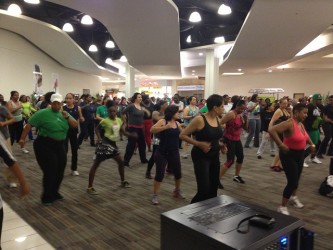
More than 200 South L.A. residents participate in a free Zumba class at the Baldwin Hills Crenshaw Plaza. (Photo by Molly Gray.)
If you take a walk along the streets of South Los Angeles you could go miles without ever encountering a public park … or even more rare, an athletic facility.
In fact, if you type the word “gym” into Google Maps, only about half a dozen dots pop up in the 20 square miles between the 405, 10, 710 and 105 freeways.
This lack of fitness space is bad. Especially if you consider that South Los Angeles has higher rates of obesity than anywhere else in the city. [Read more…]









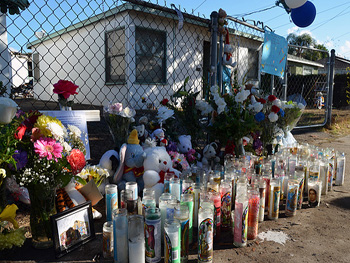 As the Lamas-Jimenez family begins to wade through the dust from a tragic shooting at their home early Saturday morning, community leaders and police departments have begun raising money for the surviving members of the family.
As the Lamas-Jimenez family begins to wade through the dust from a tragic shooting at their home early Saturday morning, community leaders and police departments have begun raising money for the surviving members of the family.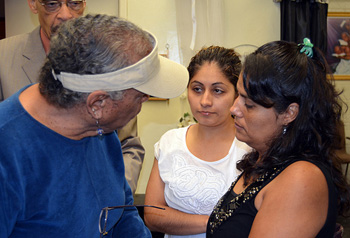 Victim advocate Lita Herron consoles Emma Lome and Carmen Hernandez three days after the tragic shooting that took the life of their brother and nephew in Inglewood on Saturday, October 20, 2012.
Victim advocate Lita Herron consoles Emma Lome and Carmen Hernandez three days after the tragic shooting that took the life of their brother and nephew in Inglewood on Saturday, October 20, 2012. 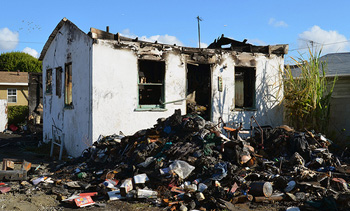 This burned down bungalow home was being rented by Desmond John Moses, who is believed to have shot his neighbors before setting his home on fire and shooting himself in the head.
This burned down bungalow home was being rented by Desmond John Moses, who is believed to have shot his neighbors before setting his home on fire and shooting himself in the head. 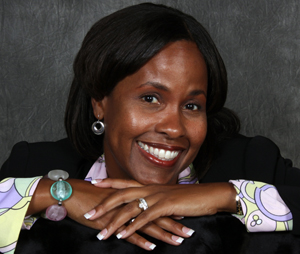 Kelly Turner was sentenced to life in prison after a third strike conviction for check forgery.
Kelly Turner was sentenced to life in prison after a third strike conviction for check forgery. 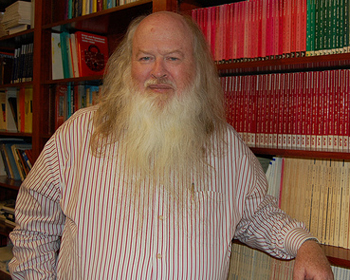 Professor Robert Nash Parker, Presley Center for Crime and Justice Studies, UC Riverside.
Professor Robert Nash Parker, Presley Center for Crime and Justice Studies, UC Riverside. 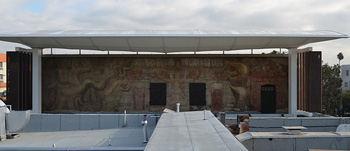
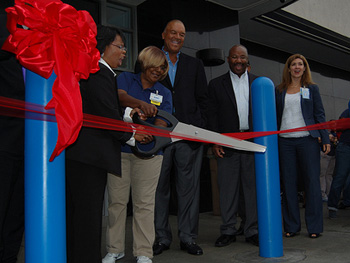

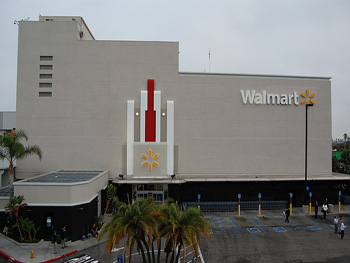 Local business owners weren’t as concerned about the Walmart as they were with the fact that people just aren’t buying groceries as much as they are eating out.
Local business owners weren’t as concerned about the Walmart as they were with the fact that people just aren’t buying groceries as much as they are eating out.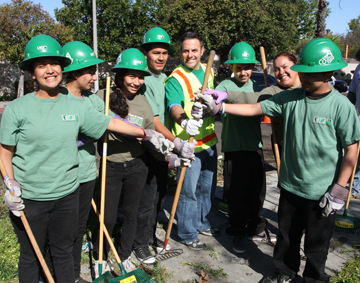 Councilman Joe Buscaino from District 15, joined law enforcement officers and other community activists Saturday to clean up an empty plot of land near 103rd Street and Grandee Avenue in Watts.
Councilman Joe Buscaino from District 15, joined law enforcement officers and other community activists Saturday to clean up an empty plot of land near 103rd Street and Grandee Avenue in Watts. South Los Angeles organizers are urging people to explore their community in a new way: on their bicycles.
South Los Angeles organizers are urging people to explore their community in a new way: on their bicycles.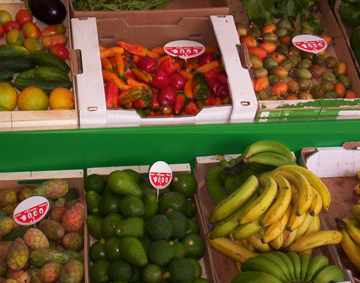 Bahni Turpin was disturbed by the lack of organic food when she moved to Crenshaw in 2010. She was used to feeding her family with only chemical-free food. Even though she had moved, she found herself still driving back to Hollywood to do her grocery shopping.
Bahni Turpin was disturbed by the lack of organic food when she moved to Crenshaw in 2010. She was used to feeding her family with only chemical-free food. Even though she had moved, she found herself still driving back to Hollywood to do her grocery shopping.




